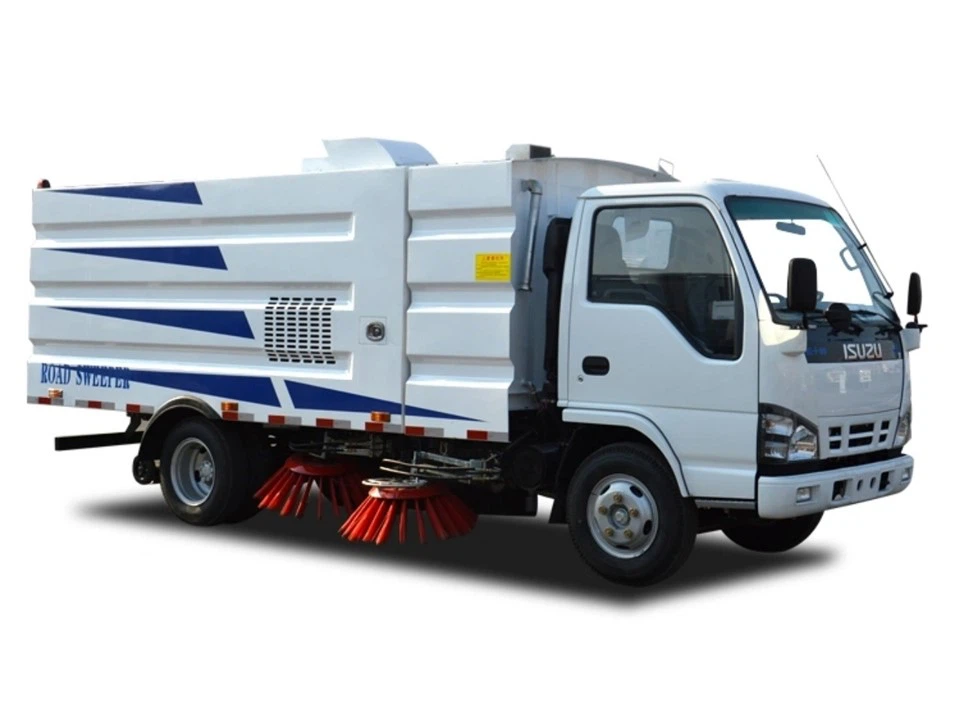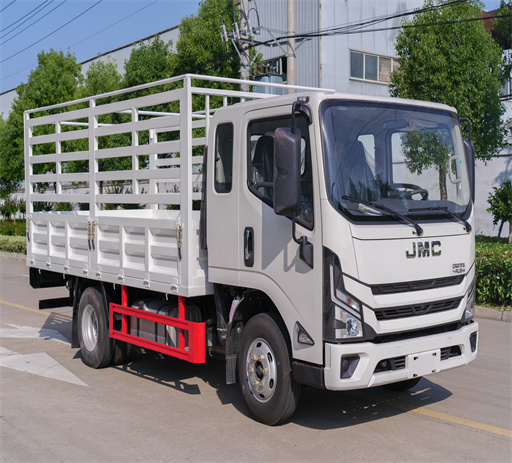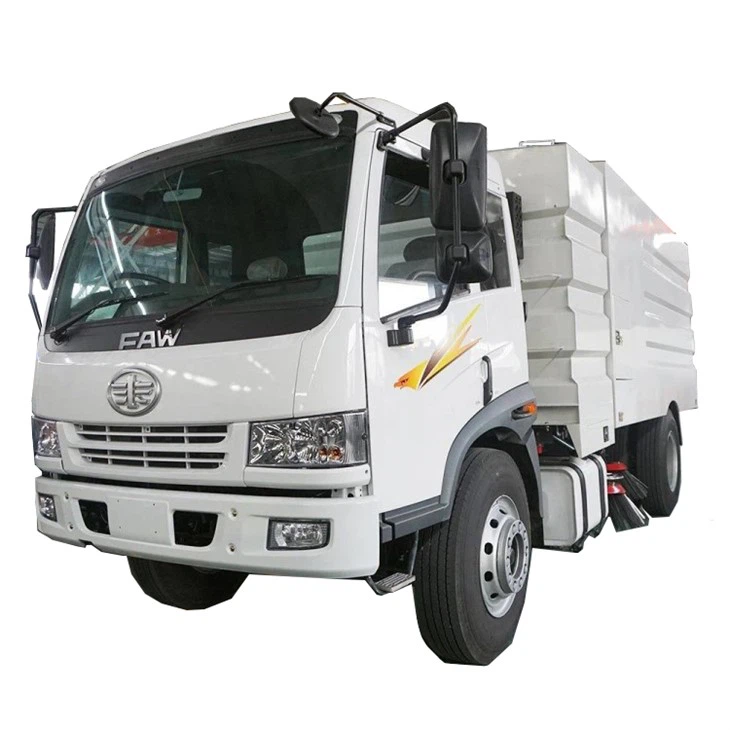Maximizing Waste Management Efficiency with Dumpster Decals

Introduction to Dumpster Decals
In today’s eco-conscious world, effective waste management is crucial for both businesses and communities. Dumpster decals serve as a visual communication tool designed to enhance the efficiency of waste disposal. These eye-catching stickers are used to convey important recycling information, waste classification, and to promote proper disposal habits among the public. This article delves into the significance of dumpster decals, their types, design tips, installation methods, and how they can improve waste management practices.
The Importance of Dumpster Decals

Waste management has evolved significantly over the years, and dumpster decals are playing a pivotal role in this transformation. Here are several reasons why they are essential:
1. Promote Recycling Practices
Dumpsters equipped with recycling decals clearly outline what materials can be recycled. This helps to direct the public in a visually appealing way while also reducing contamination in recycling bins.
2. Enhance Brand Awareness
Using a dumpster decal can turn a mundane waste container into a marketing opportunity. Businesses can use branded decals to promote their services while also encouraging responsible waste management.
3. Educate the Public
Decals can include educational graphics and messages that inform users about proper waste disposal practices and the impact of littering and illegal dumping.
4. Improve Community Engagement
Visually appealing and informative dumpster decals can engage the community and foster a culture of cleanliness and responsibility regarding waste management.
Types of Dumpster Decals
Understanding the various types of dumpster decals can help choose the right one for specific needs. Here are the most common types:
1. Recycling Decals
These decals specify which materials are recyclable, such as glass, plastic, and paper. They often feature recognizable recycling symbols.
2. Waste Classification Decals
These decals indicate what items should go into specific dumpsters. For example, ‘Yard Waste’, ‘Food Waste’, and ‘General Trash’ can be distinguished easily through classification decals.
3. Educational Decals
These decals include tips on waste reduction, composting, and sustainability practices. They help to inform the public on how to manage waste effectively.
4. Branding Decals
Businesses often use decals featuring their logos and services. This not only promotes brand awareness but also encourages responsible waste disposal.
Designing Effective Dumpster Decals
To maximize the effectiveness of dumpster decals, careful consideration must be given to their design. Here are some important design elements to consider:
1. Color Choice
Use high-contrast colors to ensure visibility. Bright colors like green for recycling and red for general waste can attract attention.
2. Font Readability
Select clear and legible fonts. Avoid overly stylized fonts that can be difficult to read at a distance.
3. Icons and Symbols
Incorporate easily recognizable icons to represent different materials, which helps in quick identification by the user.
4. Size and Placement
The size of the decal should be proportional to the dumpster. Place decals at eye level for maximum visibility.
Example of a Well-Designed Decal
| Element | Details |
|---|---|
| Color | Bright Green Background |
| Font | Bold Arial, 36 pt |
| Icons | Recycling Symbol, Clear Plastic Bottle |
| Size | 24” x 36” |
| Location | Front and Center of Dumpster |
Installation of Dumpster Decals
Installing dumpster decals correctly is essential for their longevity and effectiveness. Here’s a step-by-step guide:
1. Clean the Surface

Ensure the dumpster’s surface is clean and free from debris. Use soap and water or a degreaser, then rinse and dry thoroughly.
2. Measure and Mark
Use a measuring tape to find the center point of the dumpster and mark it lightly with chalk or a marker.
3. Peel and Stick
Peel the backing off the decal and align it with the marked center point. Slowly stick it down from one side to avoid air bubbles.
4. Apply Pressure
Once applied, use a clean, flat object to smooth out the decal to ensure adherence.
5. Seal the Edges
Consider sealing the edges with a clear adhesive to prevent peeling, especially in harsh weather conditions.
Maintaining Your Dumpster Decals
Regular maintenance of dumpster decals will keep them looking fresh and informative. Here are some tips:
1. Regular Cleaning
Wipe down the decals regularly to remove dirt and debris. This prevents fading and keeps the information clear.
2. Inspect for Damage

Periodically check for any peeling or damage. Replace any decals that are no longer effective or readable.
3. Consider Seasonal Changes
In areas with extreme weather, consider changing decals according to the season to maintain visibility and adherence.
Case Studies: Success Stories with Dumpster Decals
1. Community Clean-Up Initiative
A local community in California implemented dumpster decals to promote recycling and proper waste disposal during a cleanup initiative. They saw a 20% increase in recycling rates within three months.
2. Restaurant Waste Management
A chain of restaurants utilized branded dumpster decals that highlighted their commitment to sustainability. This not only improved waste sorting but also enhanced their public image, leading to a 15% increase in customer engagement.
3. School Recycling Programs
A high school in Texas introduced educational decals on their dumpsters, which led to a significant decrease in contamination of recyclables and increased awareness among students.
The Future of Dumpster Decals
As technology continues to advance, the future of dumpster decals looks promising. Here are some potential trends and innovations:
1. Smart Decals
Integrating QR codes into dumpster decals could allow users to scan and receive immediate information on proper disposal techniques or local recycling programs.
2. Interactive Elements
Interactive decals that engage users, perhaps through games or challenges, may promote better waste management practices.
3. Sustainable Materials
Future decals could be made from eco-friendly materials that reduce environmental impact, supporting broader sustainability efforts.
FAQ Section
1. What are dumpster decals made from?
Dumpster decals are typically made from vinyl materials that are durable and weather-resistant, allowing them to withstand outdoor elements.
2. How long do dumpster decals last?
With proper installation and maintenance, dumpster decals can last anywhere from 3 to 7 years, depending on the environmental conditions.
3. Can I design my own decals?
Yes, many companies offer customizable decal options, allowing you to create designs that fit your specific needs and branding.
4. Are dumpster decals effective in reducing waste?
Yes, by providing clear information and guidance, dumpster decals can significantly enhance recycling and waste disposal practices in various settings.
5. How can I remove old decals from a dumpster?
To remove old decals, heat the edges with a heat gun or hairdryer, then peel gently. Any adhesive residue can be cleaned using a degreaser or adhesive remover.
6. Where can I buy dumpster decals?
Dumpster decals can be purchased from specialized printing companies, local sign shops, or online retailers that offer customizable options.
